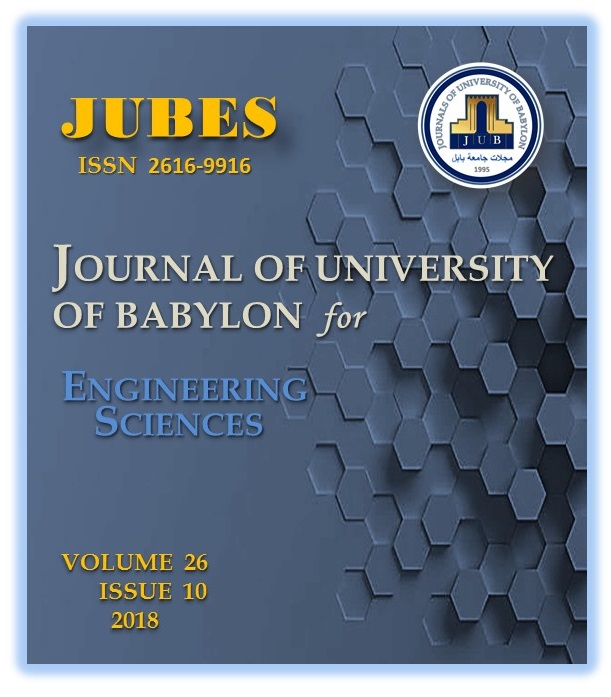Processing of Ultra Wideband LFM Signals Using Correlation-Filtering Method
Main Article Content
Abstract
The principles of processing the superposition of reflected ultra wideband chirp Signals by a correlation-filter method are considered; as a result, a transformation occurs in the spatial "window" in the range of the compressed LFM signals and is proportional to their frequency shift. At the same time, the frequency band of the reflected signals is reduced in proportion to the transformation coefficient, so that their further processing can be carried out in digital form, thereby ensuring high stability and identity of the processed signals necessary for more reliable recognition of radar targets with allowance for superresolution in the distance. A method is proposed for compensating frequency detuning compressed and frequency-shifted superposition of reflected LFM signals, which makes it possible to carry out their weight processing using standard methods and to limit the spectral band. Thus, the signal-to-noise ratio increases, and the correlation filtering method of processing, taking into account the compensation of frequency detuning of the transformed and compressed LFM signals, approaches the optimal method. This makes it possible to provide detection at longer distances, about 0.8 times the maximum detection, and, if necessary, take appropriate measures. It is shown that, regardless of the size of the spatial window, energy losses remain minimal, and the frequency of discrete samples of compressed pulses decreases in proportion to the transformation coefficient, while ensuring high resolution and saving phase information about the brilliant points in the spatial image.
